For our first training and bonding weekend, the Oxus Expedition team headed north to the Lake District National Park, one of the wildest and most beautiful places in the UK.
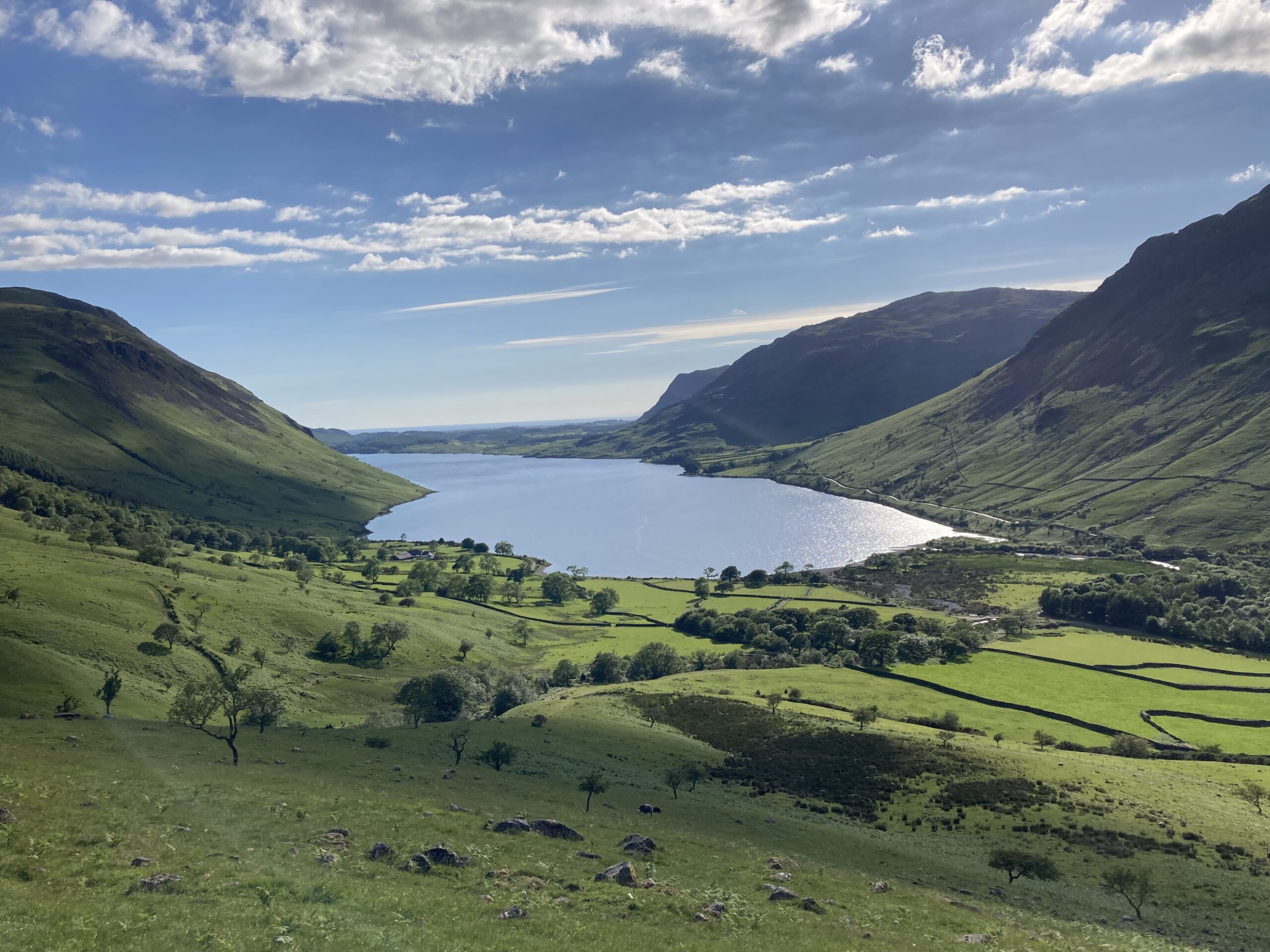
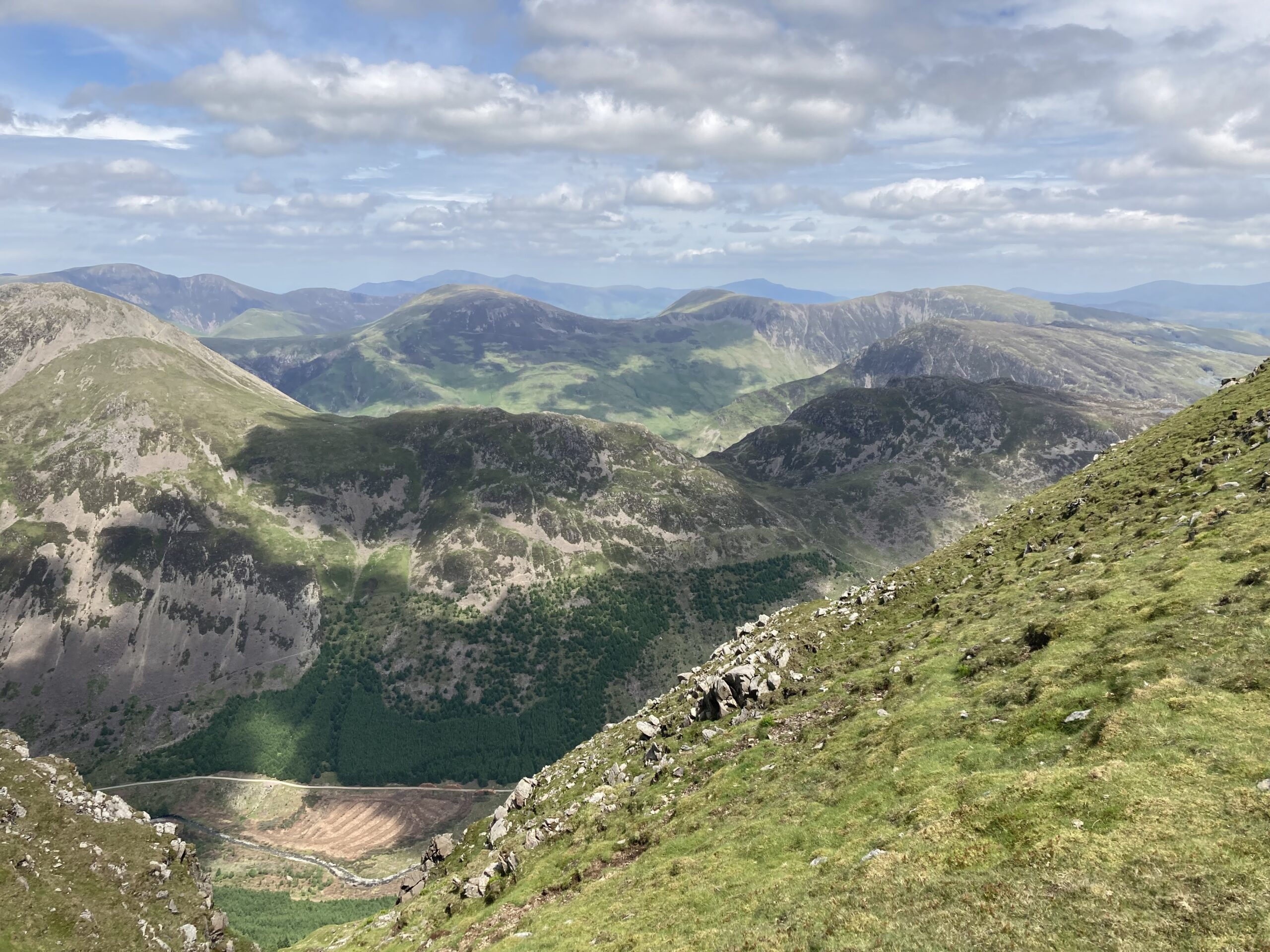
The Lake District National Park in Cumbria is home to England’s highest mountain, Scafell Pike (978m), and since 2017 it has been a UNESCO World Heritage Site. Alfred Wainwright — the most famous chronicler of Lake District walks — lists 214 fells (hills and mountains), and there are 16 lakes, if you include the waters and meres. It is undoubtedly one of the most scenic parts of the British Isles, and though Daniel Defoe once described the area as “the wildest, most barren and frightful of any that I have passed over in England,” it has been a popular tourist spot since the late 18th century. Towns such as Windermere and Kendal are busy in the summer months, but you never have to go far into the fells to find unspoilt views and a sense of peace.
We chose the Lake District for our pre-expedition training session because it offers some of the most varied and strenuous hiking in the UK. Yes, even Scafell Pike is a mini mountain compared to the soaring peaks of the Pamir and Hindu Kush, but as COVID-19 prevented us going further afield, we had limited options. And, in honesty, it was not such a hardship: the Lake District is stunning, there’s no risk of altitude sickness, and if you plan your route carefully you’ll be rewarded with a pub at the end of the day.
Although we had met once over lunch in London, this was the first occasion we’d spent any length of time together as a team. It’s always a bit nerve-racking getting to know new people, especially if you’ve already committed to spending months in each other’s company in challenging environments. During the trip we wanted to talk through some of the expedition’s more thorny subjects (COVID-19, closed borders, security, etc.) and make a call as to whether or not we should try and travel this year. Also on the list were testing out our delivery of clothing and camping equipment from official expedition sponsor Jack Wolfskin, building our fitness, and getting some photos we could use for promotional purposes.



Although the park authorities usually turn a blind eye to wild camping in the Lake District, they prefer if you camp in a designated camping area, which is fair enough. We managed to get space to pitch our three tents on the very edge of Moss Howe Farm, and to Miskola’s delight there were yurts in the field next door! Central Asia had followed us all the way to Witherslack.
Due to COVID, it had been a while since any of us had been away, let alone spent a night under canvas. Thankfully, the instructions on our Skyrocket II Dome tents were easy to follow and the rain gods cut us some slack as we pitched them, in spite of the threatening clouds.
We have each got a two-person tent for the expedition. This might sound a little excessive, especially as they’re generously sized, but we are going to be sleeping in them a lot, and in all kinds of conditions. If you have had a tough day in the mountains, it makes a real difference if you can retreat to your own private place, with room around you to unpack and relax.
We are going to be reviewing all our kit — including the tents — on the expedition blog, but it will be towards the end of the trip once we have really put them through their paces. The first impressions are good, however: lightweight, well-designed. and quick to erect, even if you’re chatting and not giving the tent your full attention…
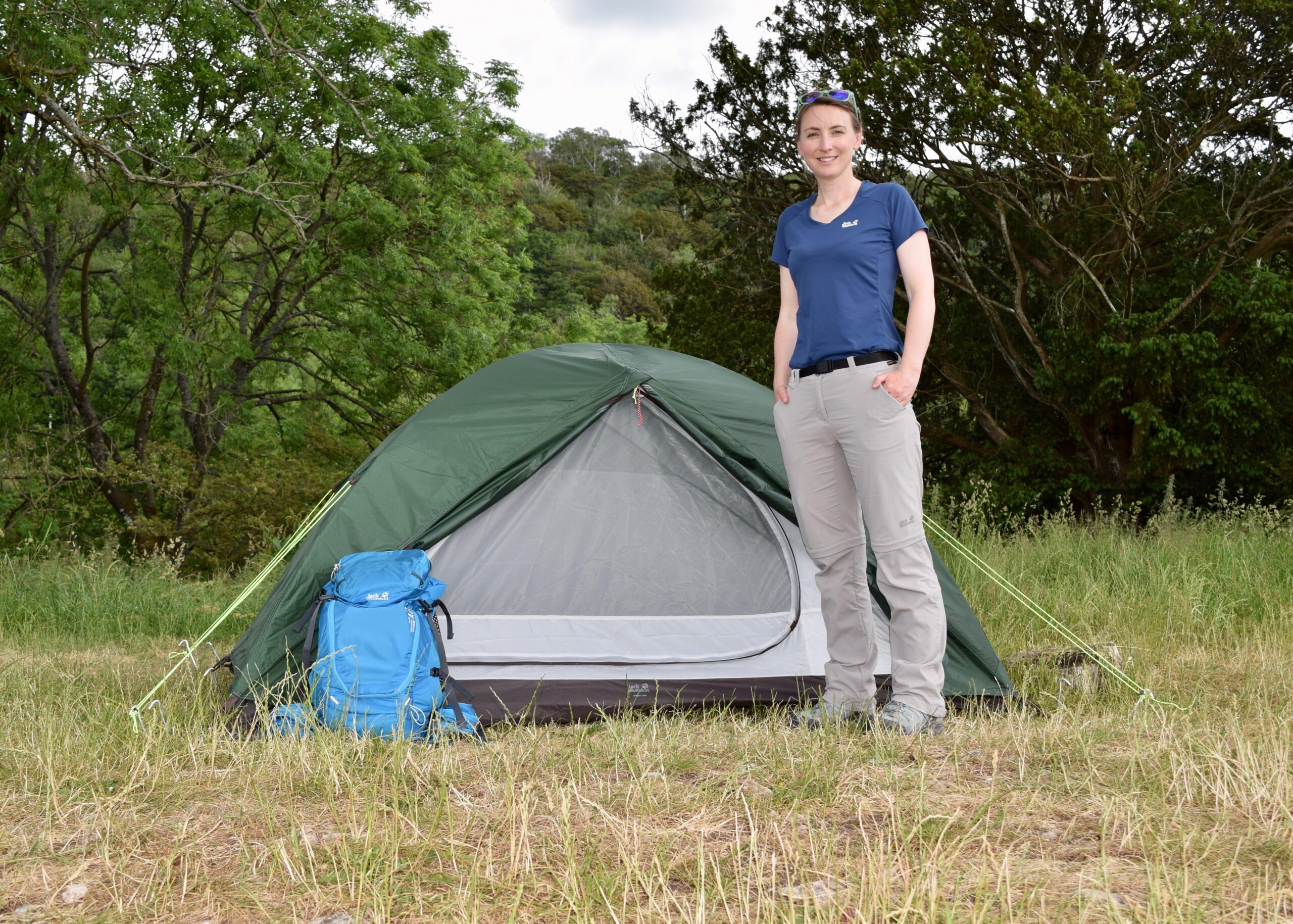

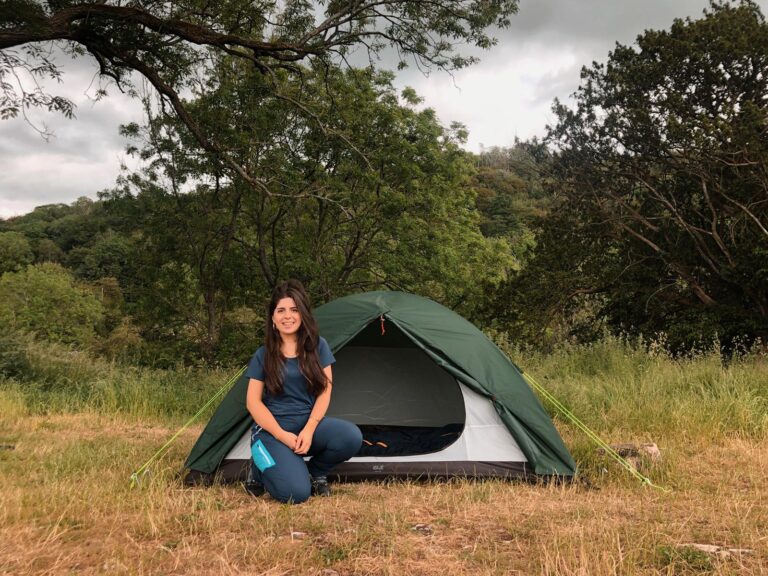
There are an almost infinite number of footpaths and bridleways you could walk in the Lake District. Not all of them are marked or easy to spot, however, so an OS map like The English Lakes – South Eastern area is indispensable. We also used the satellite image option on Google Maps now and then to make sure we were on the right track, though once we get to the Wakhan Corridor this won’t really be an option.
One of the most attractive routes we took was a 14.5 mile circuit from Moss Howe Farm which incorporated the Whitbarrow Nature Reserve. The limestone here is 350 million years old, and the rocky outcrops juxtapose with the blue moor grass. From the top of the scar you can see great distances, including across the sands of Morecambe Bay. The nature reserve is known for its orchids and fritillary butterflies, and in the late summer you can apparently hear the skylarks sing.

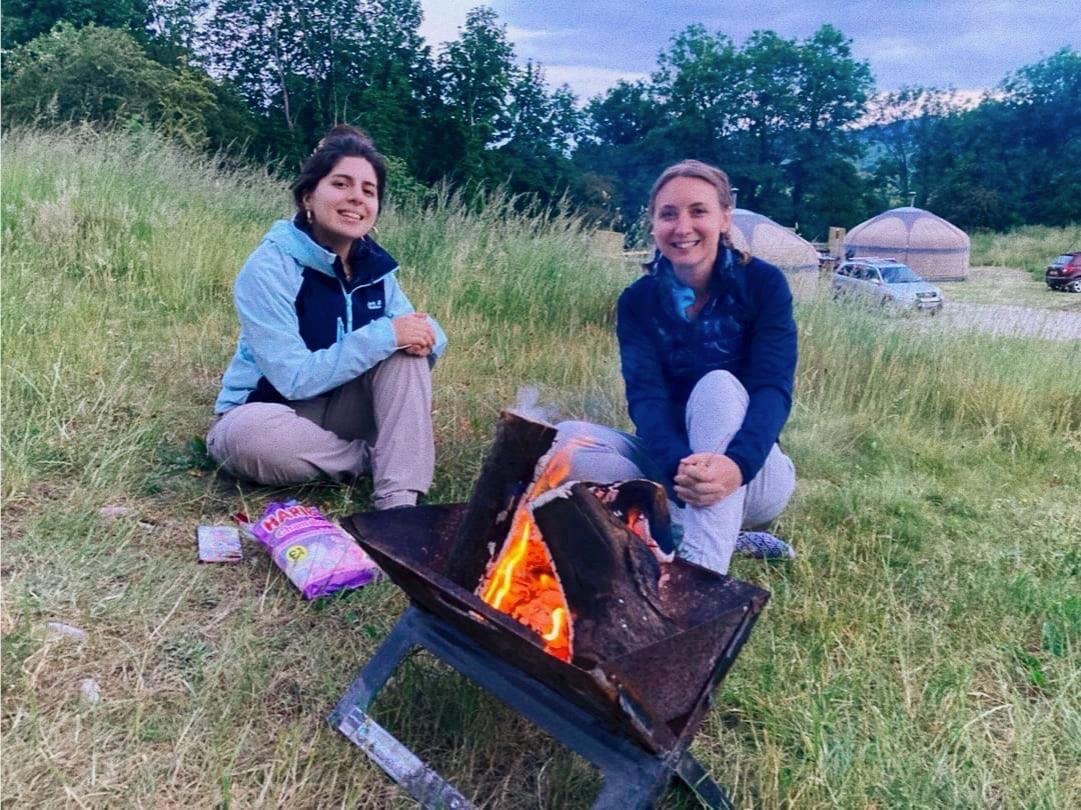
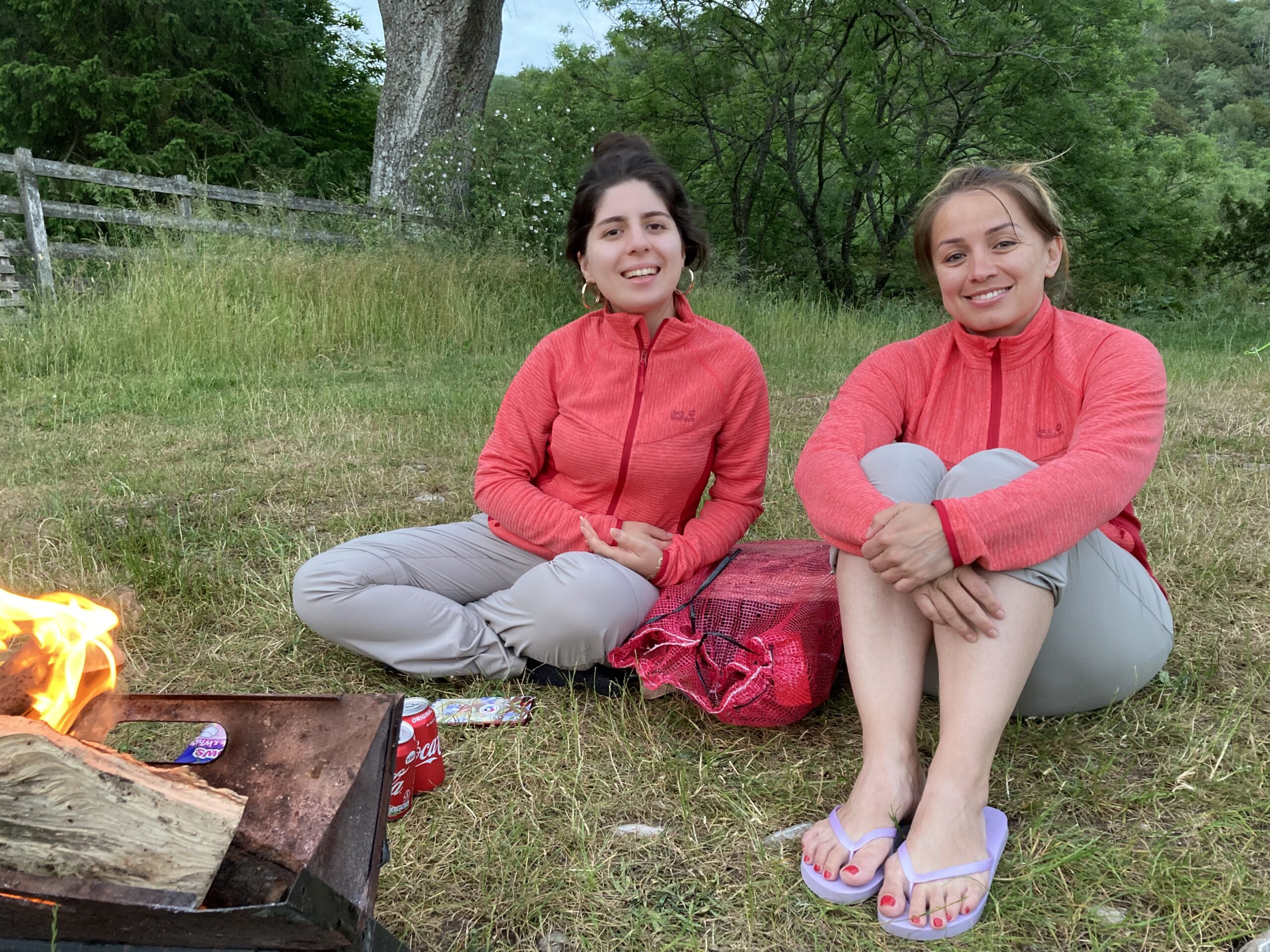
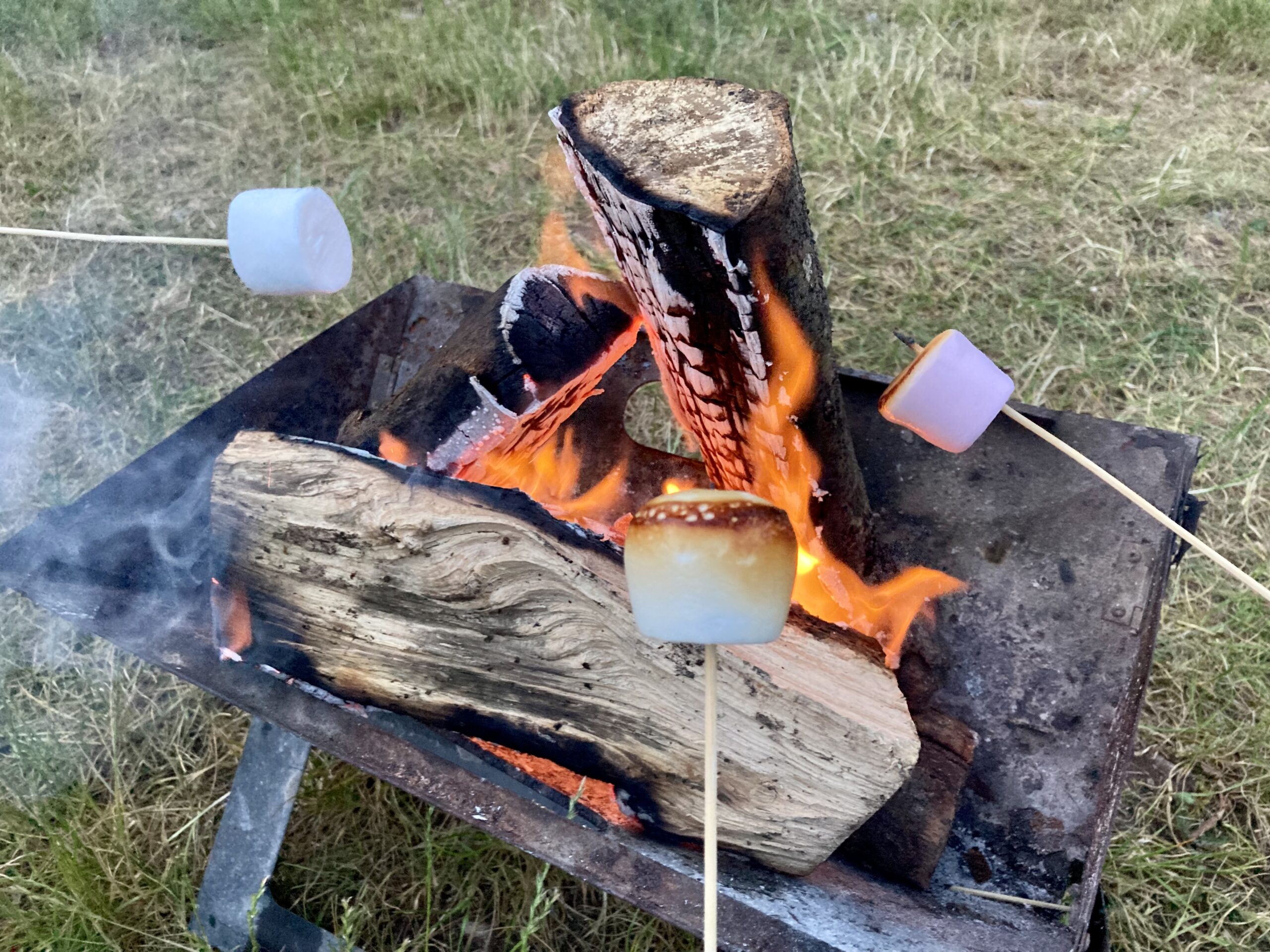
Our attempts at cooking during the training expedition were rudimentary: bacon on the barbecue, and marshmallows over the fire. There were two reasons for this. Firstly, we don’t have our cooking equipment in the UK. We will be using Miskola’s multi-fuel stove and accessories, and collecting them when we arrive in Tajikistan. Airlines don’t tend to look too fondly on passengers flying with gas canisters or liquid fuels. Secondly, there are really good pubs (including The Derby Arms) close to Witherslack. We treated ourselves to classic pub grub like fish and chips and pies, washed down with local cider. This is exactly the kind of food that you feel like after a windswept day on the fells, and it is even more welcome when you haven’t had to cook it.